Your cart is currently empty!
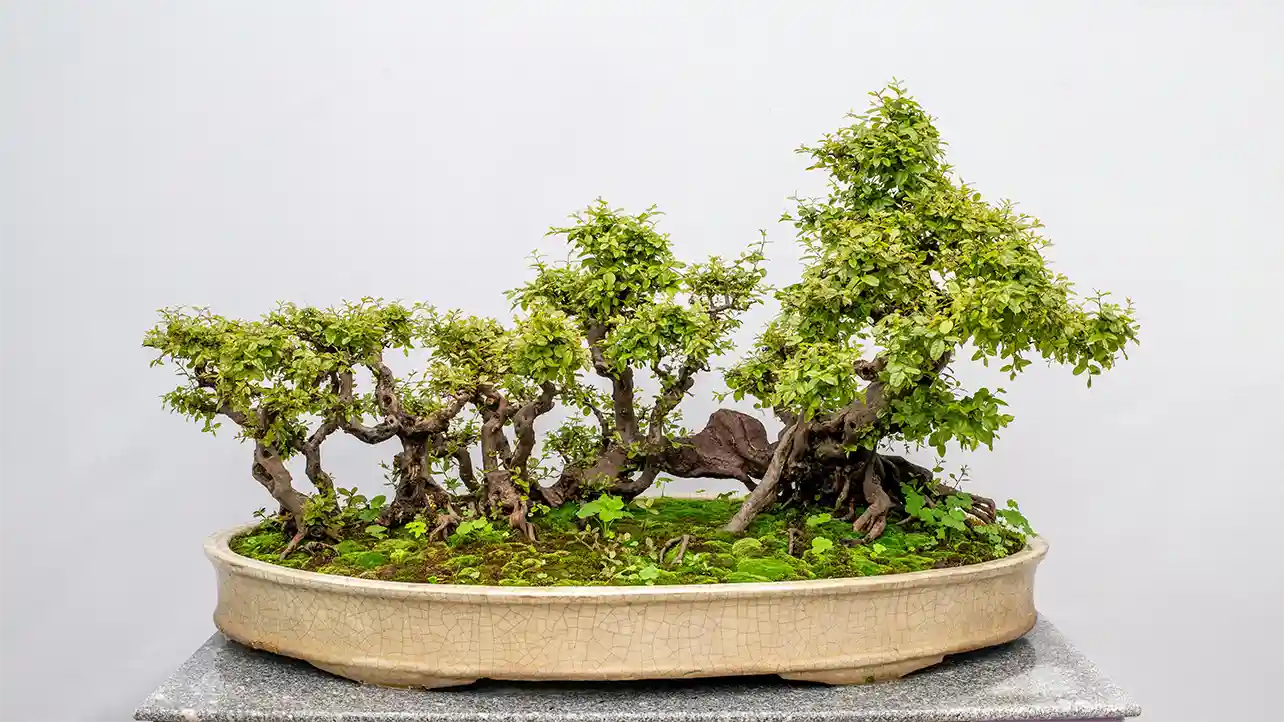
Bonsai is often seen as the art of miniaturizing nature, and nothing captures this idea better than a bonsai forest — also known as “Yose-ue” in Japanese. Unlike the classic single-trunk bonsai, a bonsai grove brings multiple trees together in a shallow tray, creating the illusion of a dense forest in miniature. It’s a living diorama that tells a quiet story of balance, depth, and the passage of time.
What Is a Bonsai Grove?
A bonsai grove is a planting of several bonsai trees — usually of the same species — arranged carefully in a single container to mimic a natural forest landscape. Some trees are taller, others shorter, creating visual perspective and realism. The grouping may be as small as five trees or as elaborate as twenty or more.
This style symbolizes unity and strength, as the trees appear to support and interact with one another. Each trunk, branch, and space between trees is deliberately planned to convey harmony — just like a real forest.


Why Grow a Bonsai Grove?
Naturalistic Design: The grove feels more like a scene from nature, ideal for those who prefer organic, landscape-like compositions.
Symbolism: Forests represent community, resilience, and longevity — values that resonate deeply with many bonsai enthusiasts.
Visual Impact: It creates a powerful display for homes, offices, or studios. Viewers often find themselves drawn into the story the grove tells.
These subtle shifts in light and dark highlight the tree’s form and evoke an emotional response. It’s minimalism with depth.
How to Create a Bonsai Grove
Creating a forest bonsai involves more than just planting multiple trees. Here are a few tips:
- Choose the Right Species: Trees like Chinese Elm, Japanese Maple, or Ficus work well due to their adaptability and visual compatibility.
- Use an Odd Number of Trees: This creates asymmetry and avoids a stiff, unnatural look.
- Vary the Trunk Sizes: Mix mature and young trees to suggest depth and natural age variation.
- Plan Your Layout: Taller trees should go in the back, shorter ones up front. Avoid straight lines — forests grow in irregular patterns.
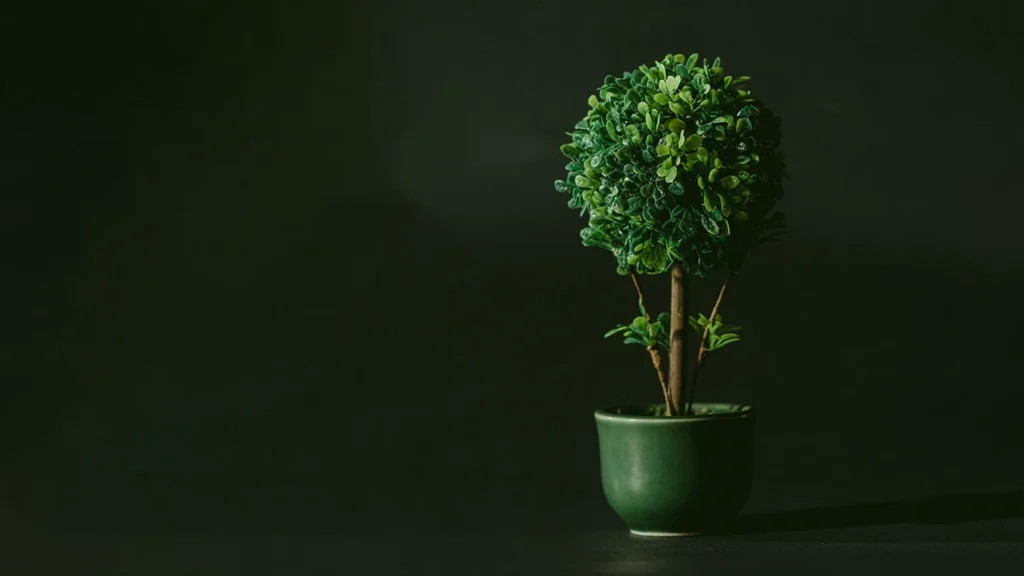
Care Tips for Bonsai Groves
- Water Evenly: A forest planting can dry out faster than a single tree, so ensure even watering.
- Prune Regularly: Keep the shape balanced. Remove branches that crowd or confuse the silhouette.
- Watch for Root Competition: Trees in close proximity share nutrients — so repotting and fertilizing are especially important.
Beautiful bonsai! It adds calm and elegance to my office. Easy to care for and truly a work of art
— Emma Larson
Final Thoughts
A bonsai grove invites you to pause and reflect. It brings a piece of the wild into your home — serene, balanced, and ever-changing. Whether you’re a beginner or a seasoned bonsai enthusiast, building a forest in a tray is a rewarding creative journey that deepens your appreciation for nature’s subtle beauty.


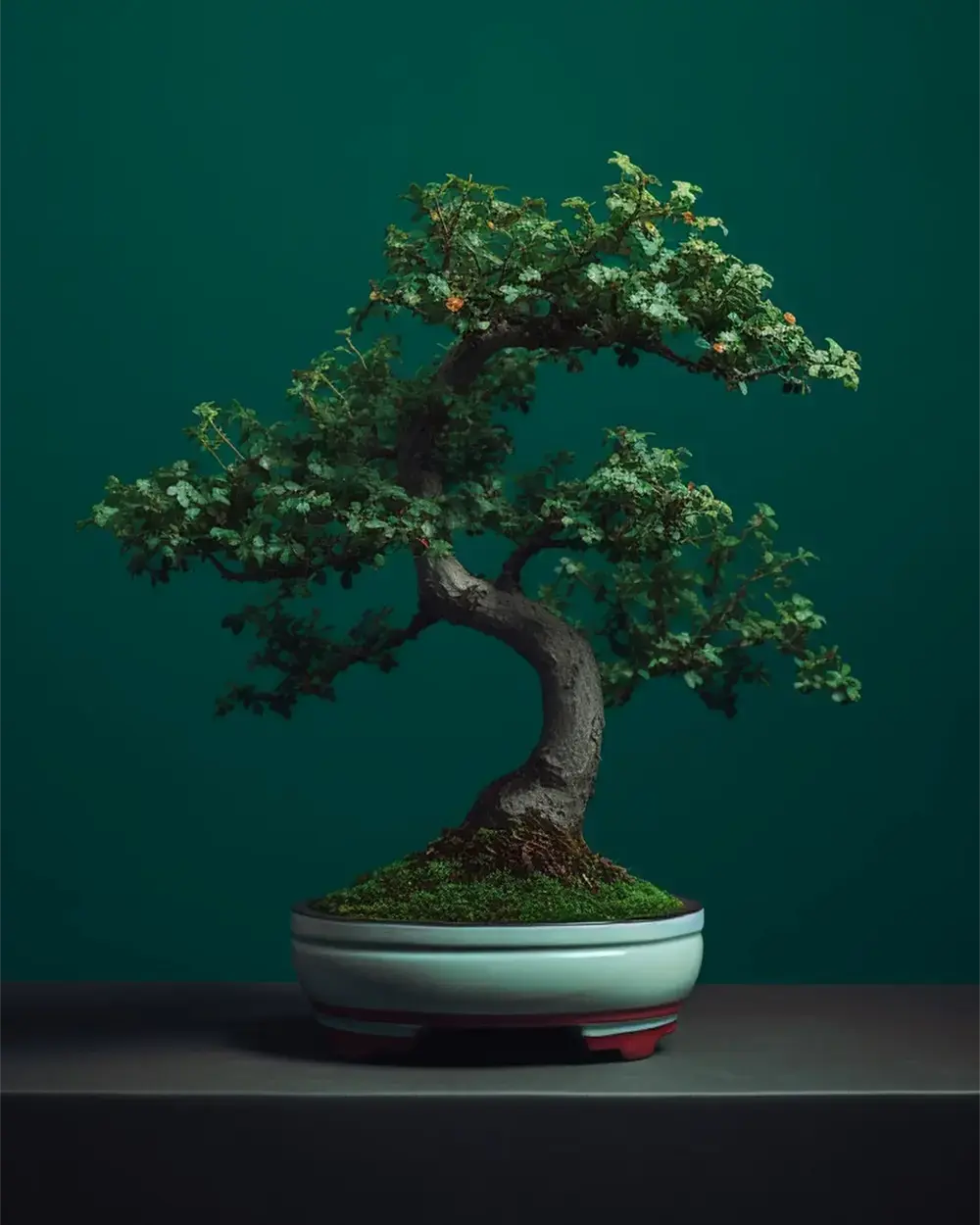

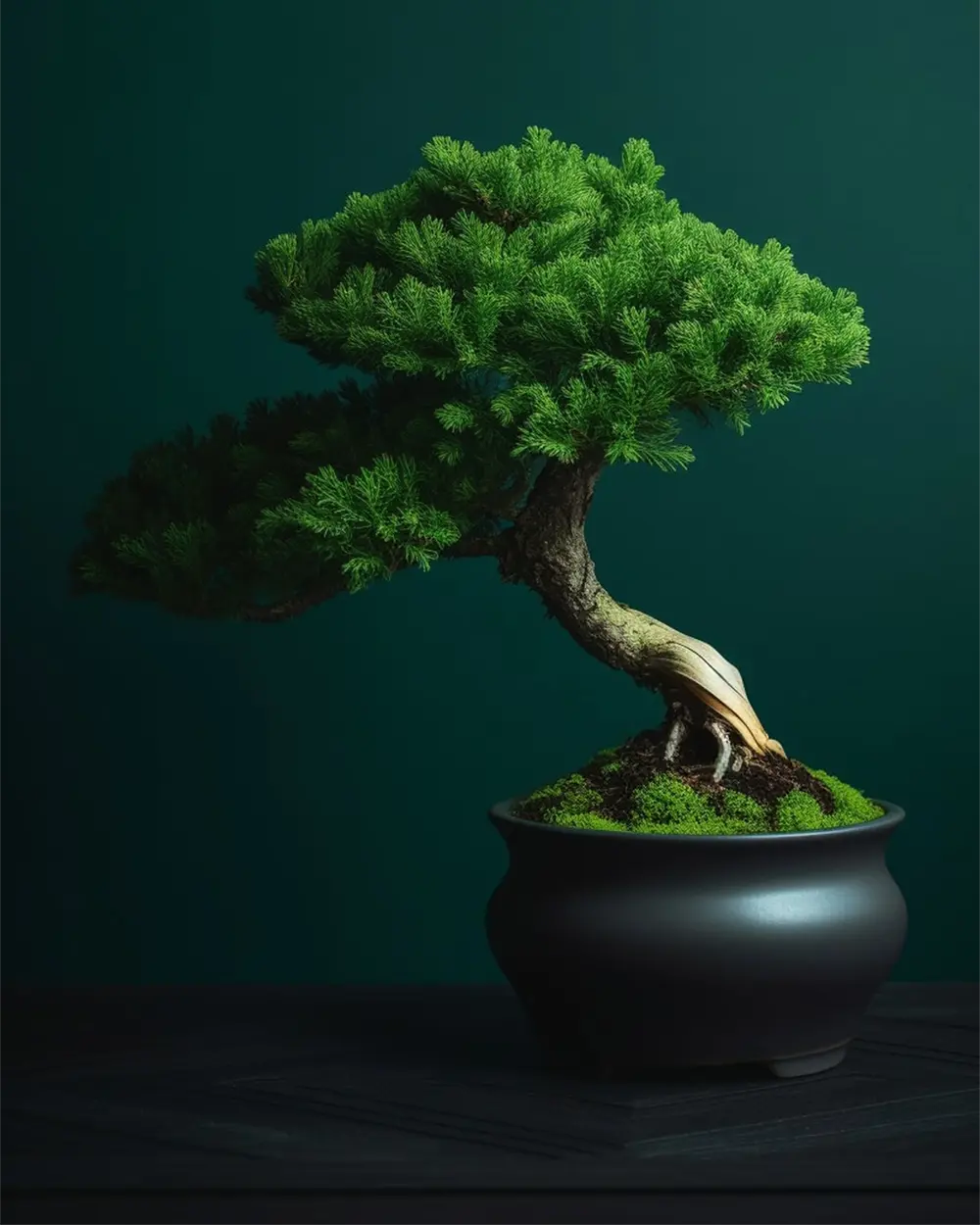
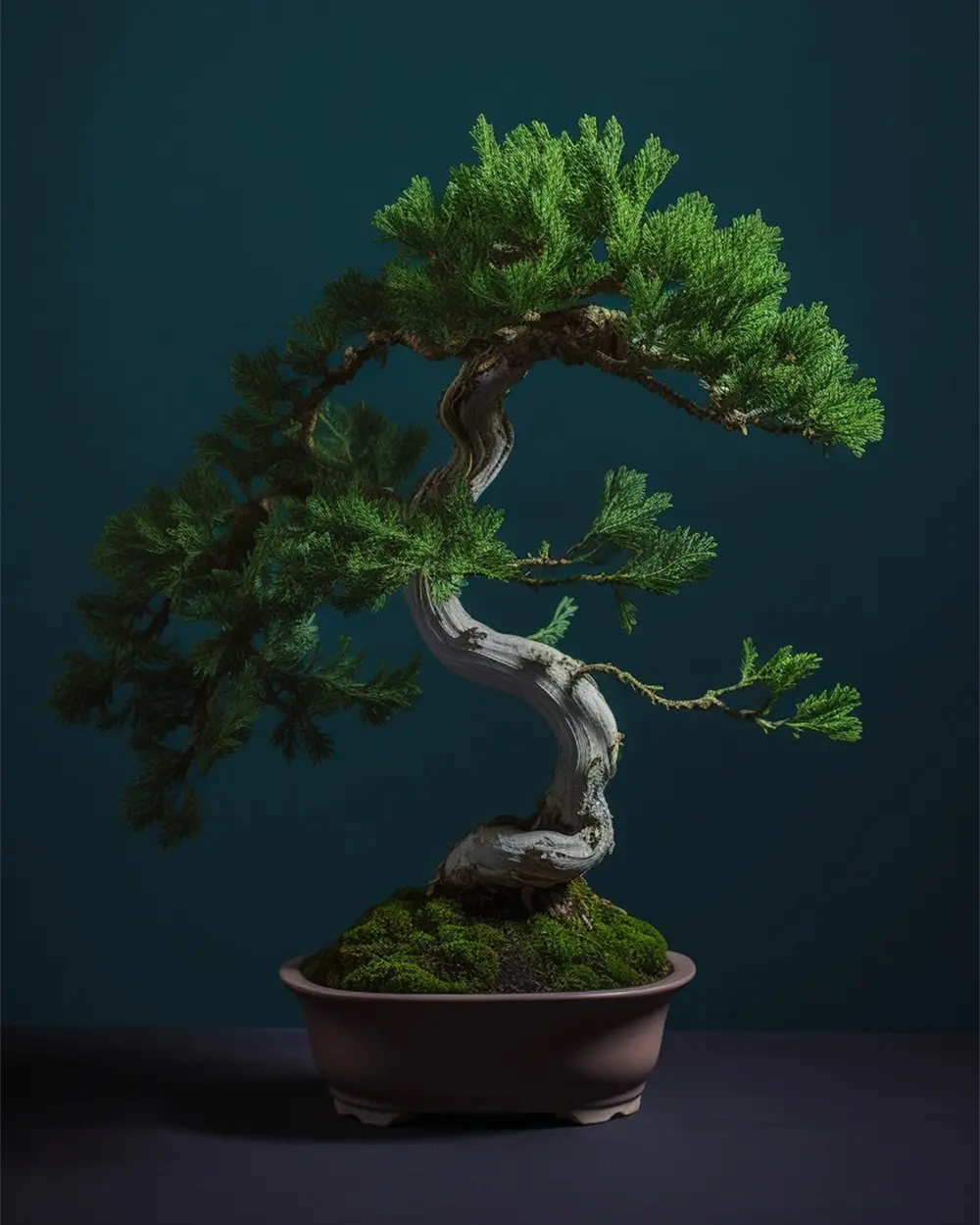


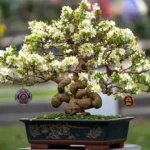
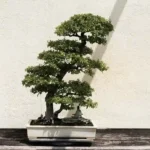
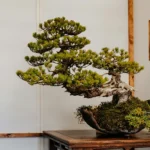
Leave a Reply